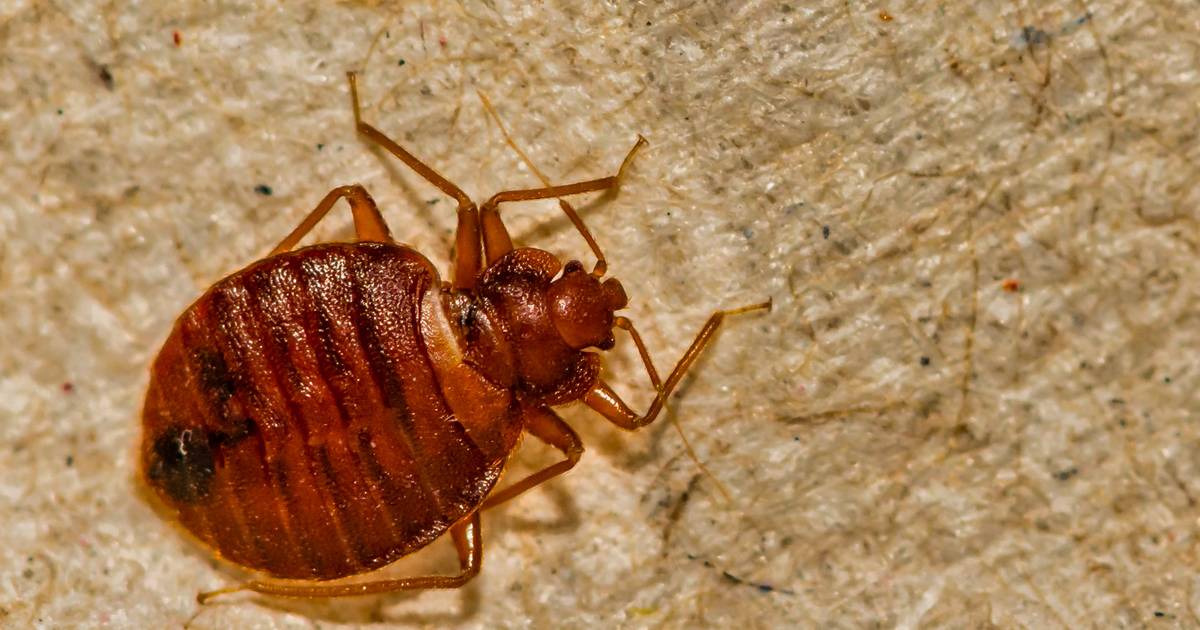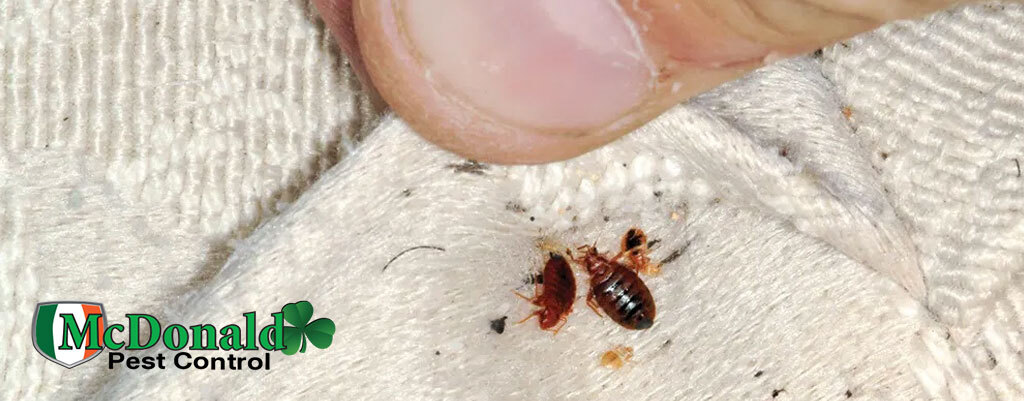How to Identify Bed Bug Bites and Prevent Future Infestations
How to Identify Bed Bug Bites and Prevent Future Infestations
Blog Article
Obtain Educated Regarding the Sorts Of Bug Control Techniques and Their Benefits for Property Owners
Comprehending the different insect control methods available to homeowners is important for effective pest monitoring. From chemical and organic techniques to cultural and mechanical practices, each approach offers special benefits that can considerably impact both wellness and ecological security. Homeowners that are educated can make tactical choices that not only address parasite problems but also boost the general quality of their living setting. As we check out these methods better, it ends up being clear that the decision-making process entails more than simply instant results; it discuss long-lasting sustainability and health. What aspects should influence these critical decisions?
Chemical Insect Control Approaches
Chemical pest control techniques are a critical element of incorporated pest administration techniques for home owners seeking reliable options to pest infestations. These techniques entail the application of chemical materials developed to get rid of or deter insects that intimidate individual building, health, and comfort. Typical chemicals made use of consist of insecticides, rodenticides, fungicides, and herbicides, each tailored to target particular insects.
The main benefit of chemical parasite control is its quick performance; many formulations offer immediate results, decreasing pest populations considerably in a short time. Furthermore, developments in chemical formulas have actually caused products that are much more ecologically friendly and have lower toxicity levels for non-target organisms when used appropriately.

Biological Bug Control Techniques
Natural bug control approaches have gotten prestige as property owners look for more secure and more sustainable options to typical chemical methods. Biological bug control strategies utilize natural killers, bloodsuckers, or pathogens to handle bug populaces effectively. This method is not only eco-friendly but also reduces the danger of injury to non-target varieties, consisting of beneficial insects and wildlife.
One of one of the most usual organic control methods involves introducing natural predators into the environment. For instance, ladybugs can be used to control aphid populations, while nematodes target soil-dwelling pests like grubs. In addition, parasitoids-- microorganisms that reside on or within a host-- can be used to manage certain bug types by laying eggs inside them, eventually resulting in their demise.
Another approach is making use of biopesticides, which are stemmed from natural products such as plants, minerals, or germs (bed bug exterminator). These products can efficiently target bugs while positioning minimal danger to pet dogs and human beings. Generally, biological pest control strategies give home owners with an effective means of pest monitoring that lines up with ecological concepts, promoting a healthier living setting while decreasing reliance on artificial chemicals
Mechanical Insect Control Strategies
Mechanical bug control techniques incorporate a range of methods that literally prevent or remove insects without the usage of chemicals. These methods are particularly valuable for property owners looking for eco-friendly This Site choices while ensuring the security of their living spaces.
One typical approach is the use of obstacles, such as catches, displays, and nets, which stop parasites from going into homes or details areas. As an example, mounting home window screens can successfully maintain insects out, while utilizing physical obstacles around gardens can discourage bigger parasites like rabbits or deer. Furthermore, mechanical catches made for rats can capture and remove these insects without the requirement for poisonous materials.
Another effective technique includes making use of mops and vacuum cleaners to get rid of parasites straight from surface areas. Normal cleansing and upkeep can significantly decrease insect populations by getting rid of food sources and hiding spots. Additionally, utilizing gadgets like ultrasonic insect repellents can prevent different insects with noise waves that are unpleasant to them but inaudible to humans.
Social Bug Control Practices
Cultural insect control practices concentrate on modifying the setting and monitoring techniques to develop problems that are much less for pest problems. These practices are essential in preserving a balanced community and reducing the dependence on chemical interventions. By altering farming methods, property owners can efficiently hinder parasites while promoting plant health.
One usual method includes visit our website plant rotation, which interferes with the life cycles of insects by altering the kinds of plants expanded in a particular location (bed bug exterminator). This not only minimizes pest populaces but additionally improves dirt health. In addition, intercropping-- planting varied crops in closeness-- can confuse bugs and decrease their capacity to locate their recommended host plants
Water management is an additional crucial facet of cultural methods. Proper irrigation strategies sites can avoid standing water, which offers as a breeding place for insects and various other insects. Maintaining tidiness in and around the home, such as consistently removing debris and food waste, can substantially lower pest tourist attraction.
Including these social practices into an extensive bug monitoring strategy allows house owners to produce a setting that normally deters pests, thus improving the efficiency of various other control approaches while advertising lasting horticulture and landscape design.

Integrated Insect Management Approaches
Integrated Parasite Monitoring (IPM) represents a holistic approach that incorporates different techniques to effectively take care of bug populations while minimizing ecological impact. This methodology incorporates biological, social, physical, and chemical methods to achieve lasting insect control. By assessing pest populaces and their natural adversaries, IPM highlights monitoring and recognizing insects prior to carrying out control measures.
Among the core principles of IPM is the usage of thresholds, which develop the level of parasite activity that necessitates intervention. This makes certain that treatments are used only when essential, decreasing the dependence on chemical pesticides. Biological control approaches, such as introducing all-natural killers or parasites, work in combination with cultural techniques like crop turning and habitat control to interfere with pest life cycles.
In addition, IPM encourages the usage of least-toxic chemical alternatives when intervention is needed, prioritizing products that present minimal danger to non-target microorganisms and the setting. For house owners, embracing IPM comes close to not just enhances the efficacy of parasite administration but likewise advertises a much healthier living environment, promoting biodiversity and minimizing chemical direct exposure. Inevitably, IPM equips home owners to make informed decisions that balance bug control with eco-friendly responsibility.
Conclusion
In conclusion, recognizing the various parasite control techniques empowers home owners to make educated choices relating to pest management. Each strategy-- chemical, biological, mechanical, social, and integrated parasite administration-- offers unique benefits that cater to various requirements and choices.
Understanding the numerous insect control approaches available to home owners is important for reliable pest monitoring.Chemical pest control techniques are a critical element of incorporated pest administration strategies for property owners looking for reliable solutions to pest invasions. On the whole, biological insect control strategies provide property owners with a reliable means of insect administration that straightens with ecological principles, promoting a much healthier living setting while lowering reliance on synthetic chemicals.
Cultural bug control techniques concentrate on modifying the environment and administration methods to produce problems that are much less helpful to pest infestations.In conclusion, understanding the different insect control techniques equips home owners to make enlightened choices pertaining to pest monitoring.
Report this page